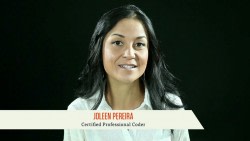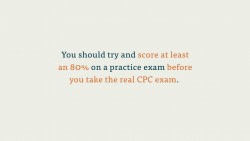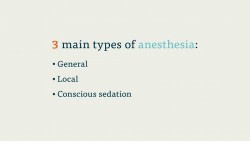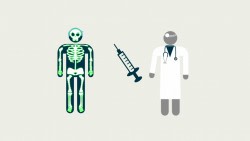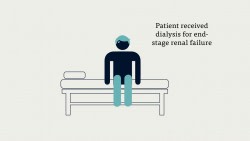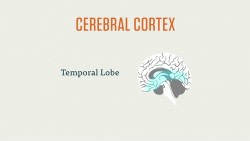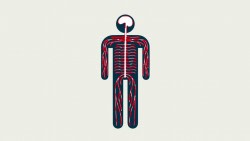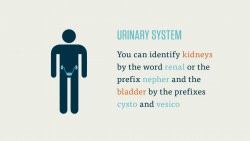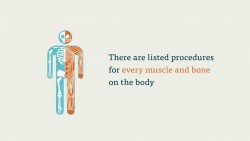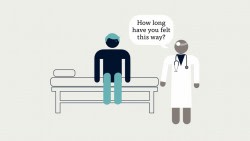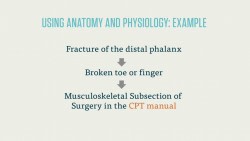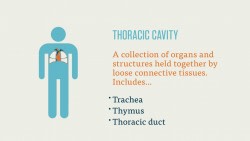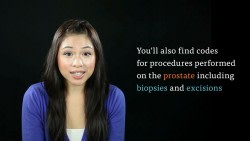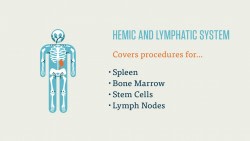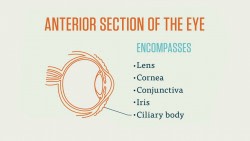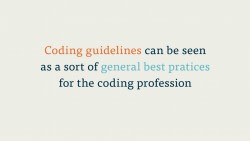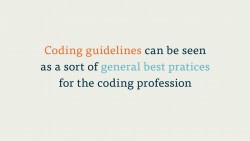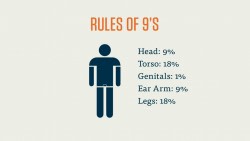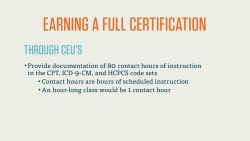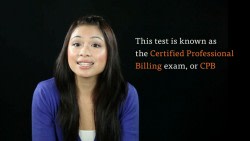On the CPC exam, you’ll be tested primarily on surgical procedures performed on the spine, skull, meninges and brain. Let’s look briefly at each of these things now.
The cerebral cortex of the brain has four lobes: the frontal lobe, parietal lobe (in the middle toward the rear), the temporal lobe (to the sides) and occipital lobe (at the rear). The brain is coated by three meninges: the pia mater, the arachnoid, and the dura mater. The pia mater is the soft casing closest to the brain itself. The arachnoid is the web-like intermediary in between the pia mater and the dura mater, and the dura mater is the hard outer layer in between the brain (and meninges) and the skull.
The nervous system extends from the brain, down the spine and spinal column, and throughout the body in a network of nerves. Again, for the CPC exam, you’ll be tested mostly on your knowledge of the central nervous system (the skull, brain, meninges and spine) and the procedures that are performed on it.
As with all Surgery procedure codes, it’s imperative that you know the vocabulary of surgery. You need to know the difference between an –ectomy (cutting away) and an –otomy (cutting into). You should commit the surgical suffixes and prefixes (like ‘ad-‘ for away, or ‘trans-‘ for across) to memory.
You’ll also need to know the anatomy of the brain, and the directional suffixes that describe where, in relation to certain parts of the body, a procedure is performed. For example, the tentorium is the fold in the dura mater that creates a crease between the cerebrum (the anterior, or front, section of the brain) and the cerebellum (the posterior, or back of the brain). You may need to code a supratentorial craniectomy. If we break this down, we see that it’s the cutting away (-ectomy) of matter above the tentorium (supra-).
You should also expect at least one question on surgical procedures performed on the base of the skull. This is a complicated area of surgery, one in which the approach is often more difficult than the removal or alteration of the problem there. Because the base of the spine is where the brain connects to the spine, it’s an incredibly problematic area. In the case of procedures performed on the base of the skull, the approach is usually done by one surgeon, while the procedure (the excision, let’s say) is done by another. In this special case, no “two surgeons” CPT modifier is needed, as the procedure is generally regarded as requiring two professionals.
You’re going to need to master the vocabulary of the skull as well. Because the nervous system effectively encompasses the entire skull, surgical procedures on the nervous system are identified by where inside the skull they take place.
When it comes to the spine and the Nervous System, we’re concerned more with the spinal cord than the spinal column. We’re coding for the thing that transmits information through the spine (the nerves in the spinal cord), not the things that physical support it (the vertebrae).
That doesn’t mean you won’t have to know your anatomy terminology when it comes to the spine, however. Surgical procedures on the spinal cord are identified by where on the spinal cord they take place: A discectomy, for example, would be identified by where in the spine the disc is being removed. Is it between the first and second lumbar vertebrae? The second and third cervical vertebrae?
You’ll also need to know the codes for injections into the nervous system, especially injections into the spine and spinal cord. This may include the injection of diagnostic agents (dyes, for example), treatments, or anesthesia.
To review: In order to nail your CPC exam question on the Nervous System, you’ll need to know the anatomy of the brain, meninges, skull, and spine. You need to be able to navigate the nervous system based on the location on the body. You should be familiar with surgical prefixes and suffixes.
Note that in your CPT manual, you can find informative diagrams of the skull, spinal column, and nervous system. Make a master list of pages that feature anatomical diagrams and refer to them during the test in case you get stuck.

